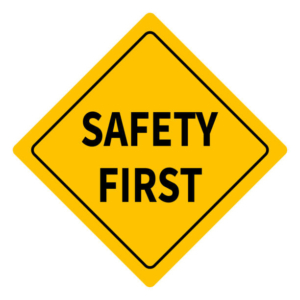
Ready to ensure your home is as safe as can be? Our guide covers key steps to pass a safety inspection with flying colors.
**Check Smoke Detectors**
Start with smoke detectors. Ensure every room has a functioning unit. Test them monthly and replace batteries annually.
**Examine Electrical Systems**
Inspect your electrical outlets. Look for loose fittings or signs of wear. Ensure your home has GFCI (Ground Fault Circuit Interrupter) outlets in the kitchen and bathrooms to prevent electrical shocks.
**Secure Windows and Doors**
Check all windows and doors. They should open, close, and lock properly. This not only boosts safety but also enhances energy efficiency.
**Test Carbon Monoxide Detectors**
Install carbon monoxide detectors near bedrooms and on each floor. Like smoke detectors, test these regularly to safeguard against this invisible threat.
**Inspect Your HVAC System**
Schedule regular maintenance for your HVAC system. A professional can ensure it’s running efficiently and safely.
**Look for Water Damage**
Scan your home for leaks or water damage. Addressing these issues early can prevent mold and structural damage.
**Clear Out Dryer Vents**
Clean out dryer vents and hoses. Lint buildup can pose a significant fire hazard.
**Assess Your Home’s Exterior**
Walk around your home’s exterior. Look for loose siding, damaged roof tiles, and other potential hazards. Keep walkways clear to avoid trips and falls.
With these simple checks, you can ensure your home is prepared for any safety inspection. Regular upkeep and awareness are your best tools for keeping your living space safe and sound.
**Call to Action**
Want more safety tips or need help inspecting your home? Contact us today to schedule an expert safety review!
